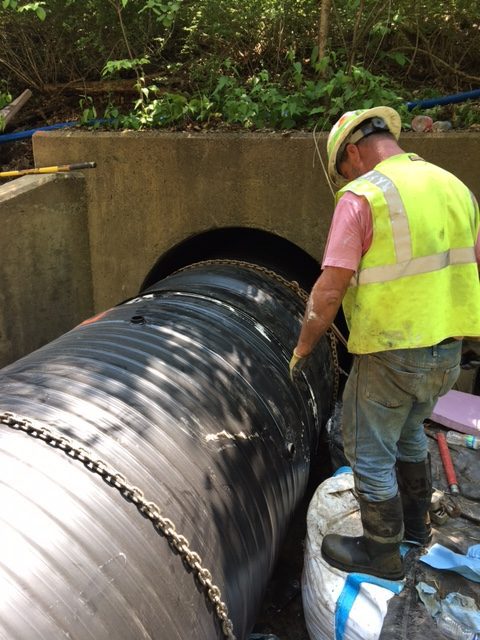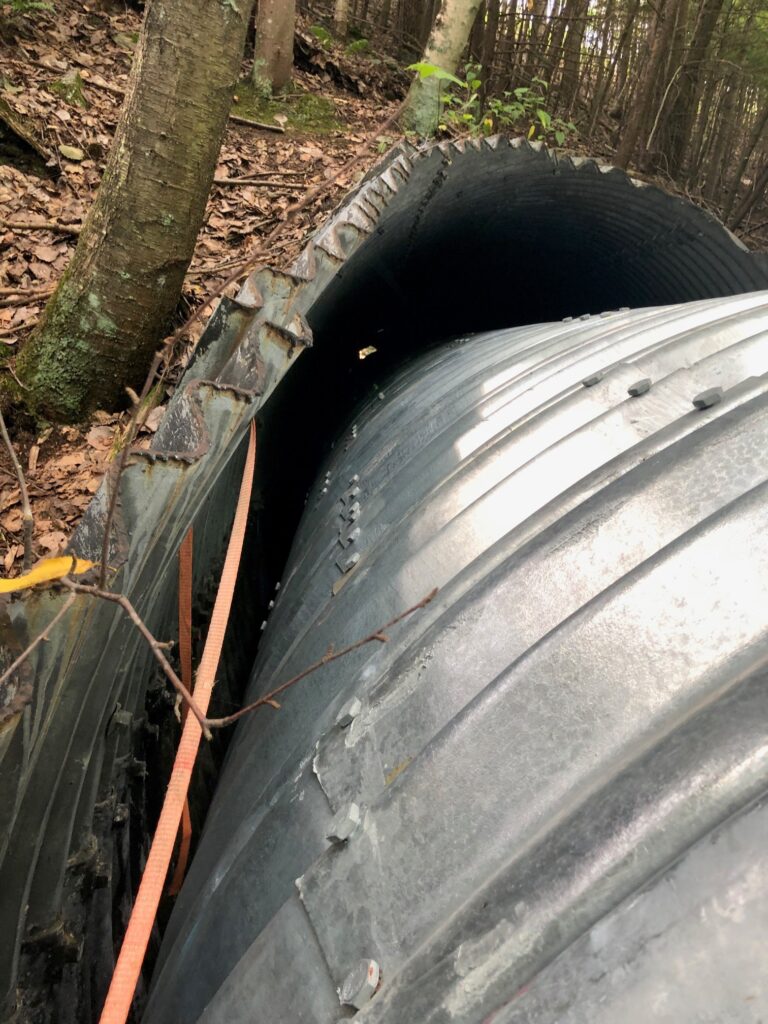All pipe products represented by DLVEWS Inc. are fully structural and pass the high standards and requirements of even the most stringent highway requirements. All of our solutions are AASHTO and/or ASTM qualified. As an added benefit, these solutions do not rely on the condition of the host pipe or the surrounding grout for structural capacity. This means they can also be buried directly or used as standalone solutions. When owners, engineers, contractors, and developers work with DLVEWS, they can feel confident that the best hydraulic and structural options have been offered to them.
Generally speaking, the lifespan of a culvert slipline design is meant to be the same as a given roadway or site, meaning the aim is a minimum 50-to-100-year lifespan. This is a consideration that is always discussed during the vetting and design phase, or during discussions with the project owner. It is important to note that design criteria, such as pH tolerance, abrasion levels, resistivity of the soils and water, live load from traffic/rail/aircraft, and dead loads (among other design factors), can affect the service life of any material.






